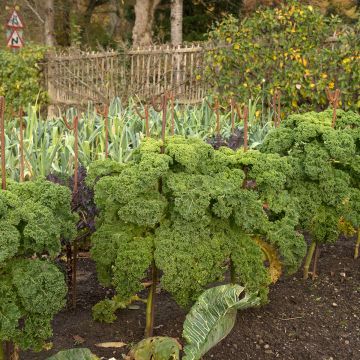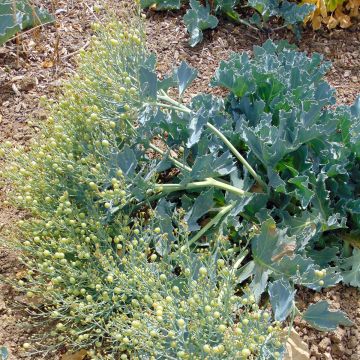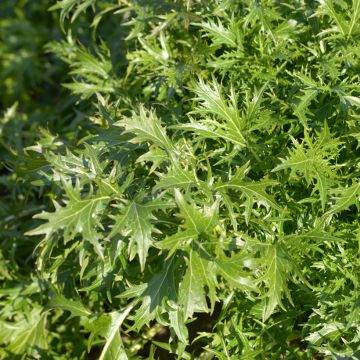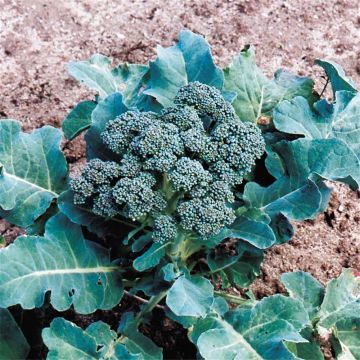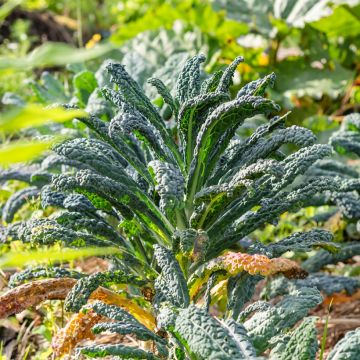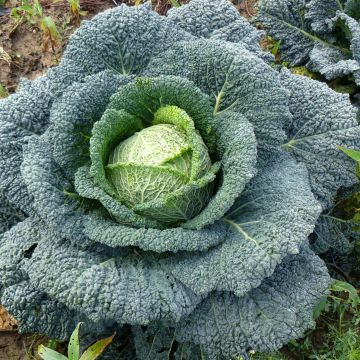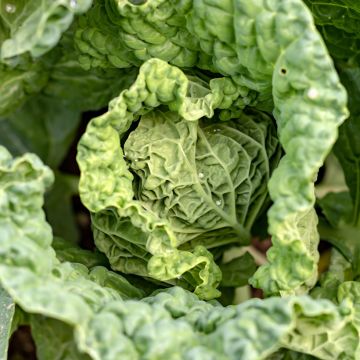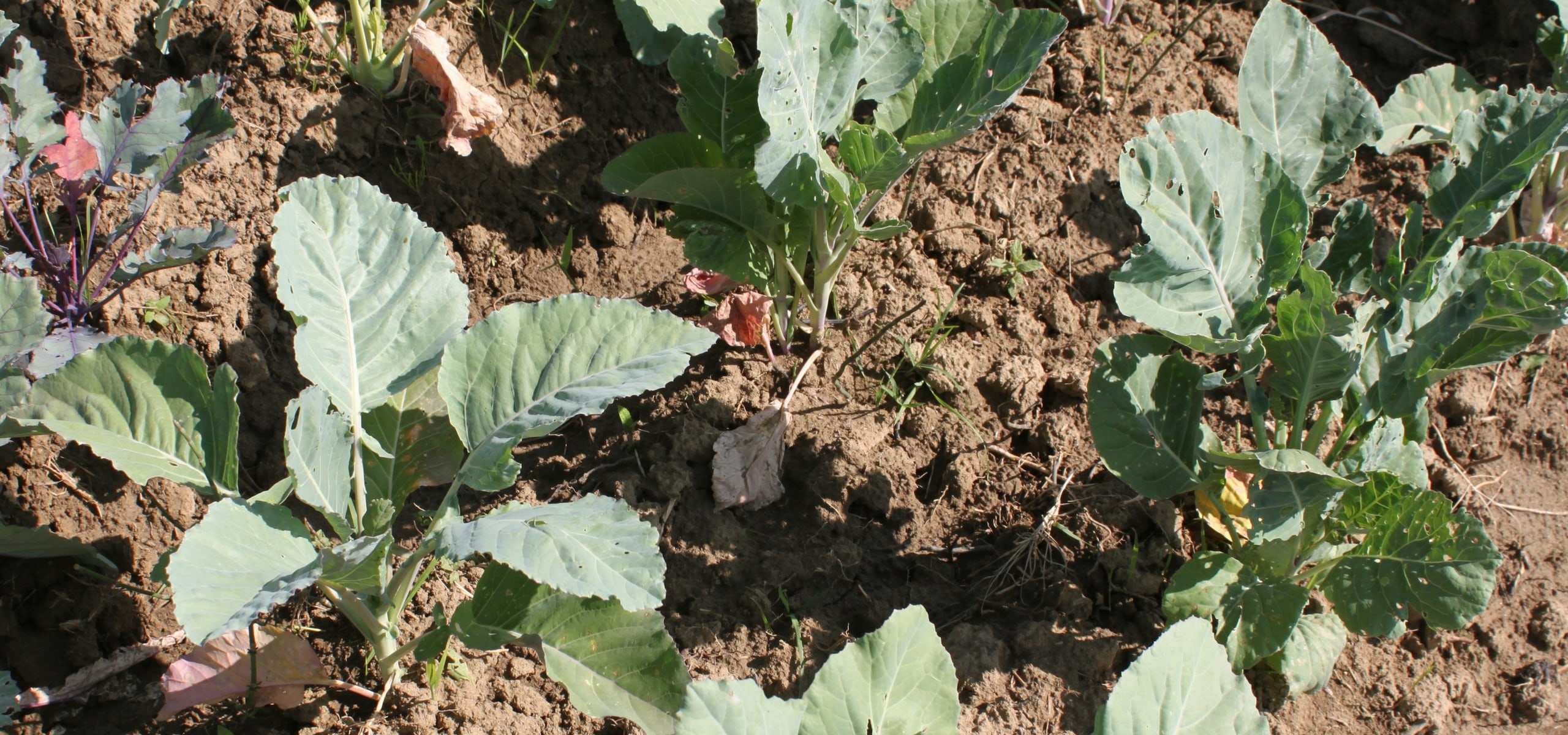
Sowing and pricking out cabbages
Where, when, and how to sow them?
Contents
Cabbages are essential in the vegetable garden, offering an incredible diversity of varieties and harvests throughout the year. Whether you prefer cauliflower, broccoli, headed cabbage, Chinese cabbage, or curly kale, successfully growing them is within the reach of all gardeners. Follow our tips for sowing and transplanting your cabbages correctly to achieve good harvests!
Where to sow cabbages?
No need for a heated shelter, the germination temperature of cabbages is quite low. Sowing can be done directly in the ground, but preparing young plants to be transplanted into the vegetable garden is the most popular method.
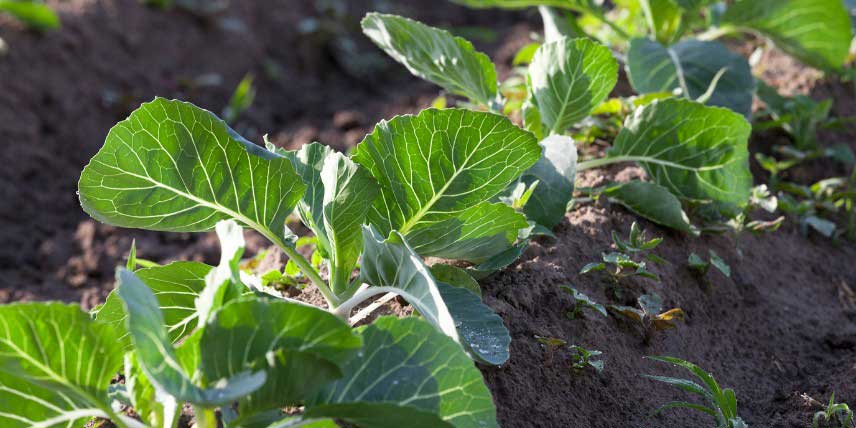
Read also
Growing cabbage and Milan cabbageWhen to sow?
The diversity of cabbages means they can be sown almost all year round:
- from February to the end of June and then from mid-September to the end of October for cauliflower,
- from mid-February to mid-June and then from mid-August to the end of October for cabbages,
- from March to the end of July for broccoli,
- from March to mid-July for kohlrabi.
- from mid-March to the end of April for Brussels sprouts,
- from mid-April to the end of May for curly kale,
- from June to the end of August for Chinese cabbage,
This calendar may vary slightly depending on the variety, but also according to your climate. The ideal sowing period is indicated on the packet, so feel free to refer to it.
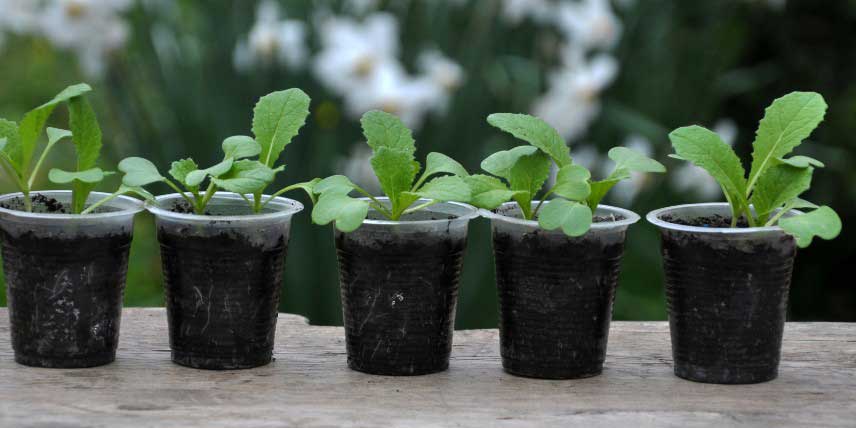
Chinese cabbage plants
Discover other Cabbage seeds
View all →Available in 1 sizes
Available in 1 sizes
Available in 1 sizes
Available in 1 sizes
Available in 1 sizes
Available in 1 sizes
Available in 1 sizes
Available in 1 sizes
Available in 1 sizes
How to sow cabbages?
To carry out the sowing:
- Equip yourself with seed trays about 10 cm high or large pots, and if necessary, pierce the bottom so that excess water can drain away,
- Fill to 2/3 with a good sowing compost.
- Lightly firm down with a trowel,
- Draw small furrows using a knife, for example, to a depth of 1 to 2 centimetres,
- Sow one seed every centimetre, cover with compost and water using a spray bottle.
Place your sowings in a bright location, in a sheltered spot or under a frame and keep the substrate moist, but not waterlogged until germination, which usually takes 5 to 10 days.
Read also
Sowing in seed traysHow to transplant them?
Once the seedlings are well developed, at the stage of two or four “true leaves” in addition to the first two leaves which are the cotyledons, proceed with potting up. Follow these steps:
- Prepare some buckets and fill them with good potting soil, slightly enriched with mature compost,
- Carefully retrieve the most beautiful seedlings (preferably holding them by the cotyledons),
- Place the seedling in the substrate and gently firm it down with your fingers
- Water gently.
Allow your plants to grow for about a month, in the light, until the final planting in the vegetable garden. This should be done in warmed and well-prepared soil: weeded, decompacted and then raked to achieve fine soil.
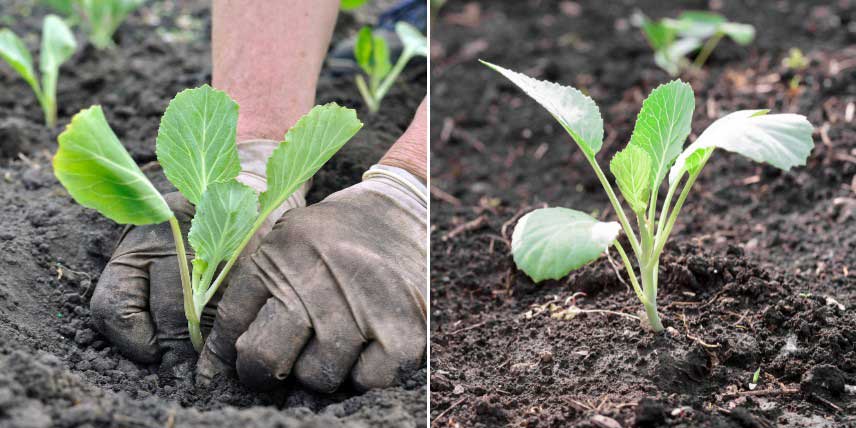
Potting up young cabbage plants in the vegetable garden
To go further
- Discover everything you need to know about cabbage in our comprehensive guide!
- Explore our selection of 8 cabbages to grow in the vegetable garden throughout the year.
- Subscribe!
- Contents































